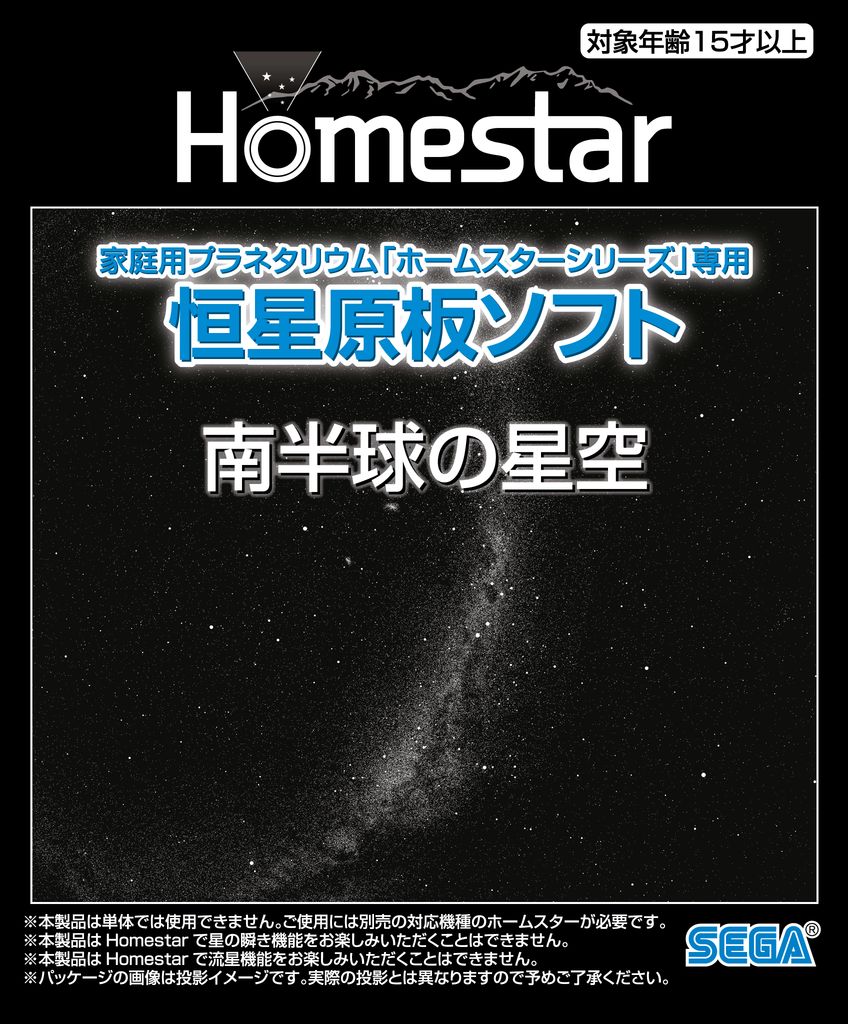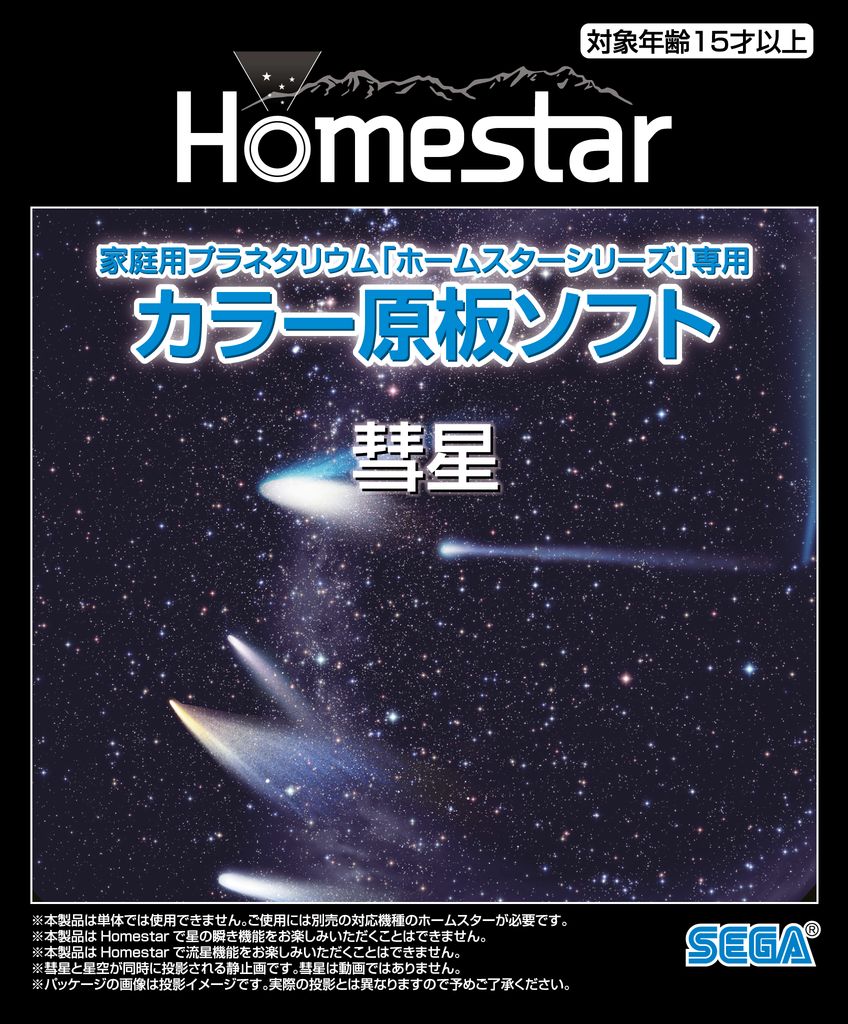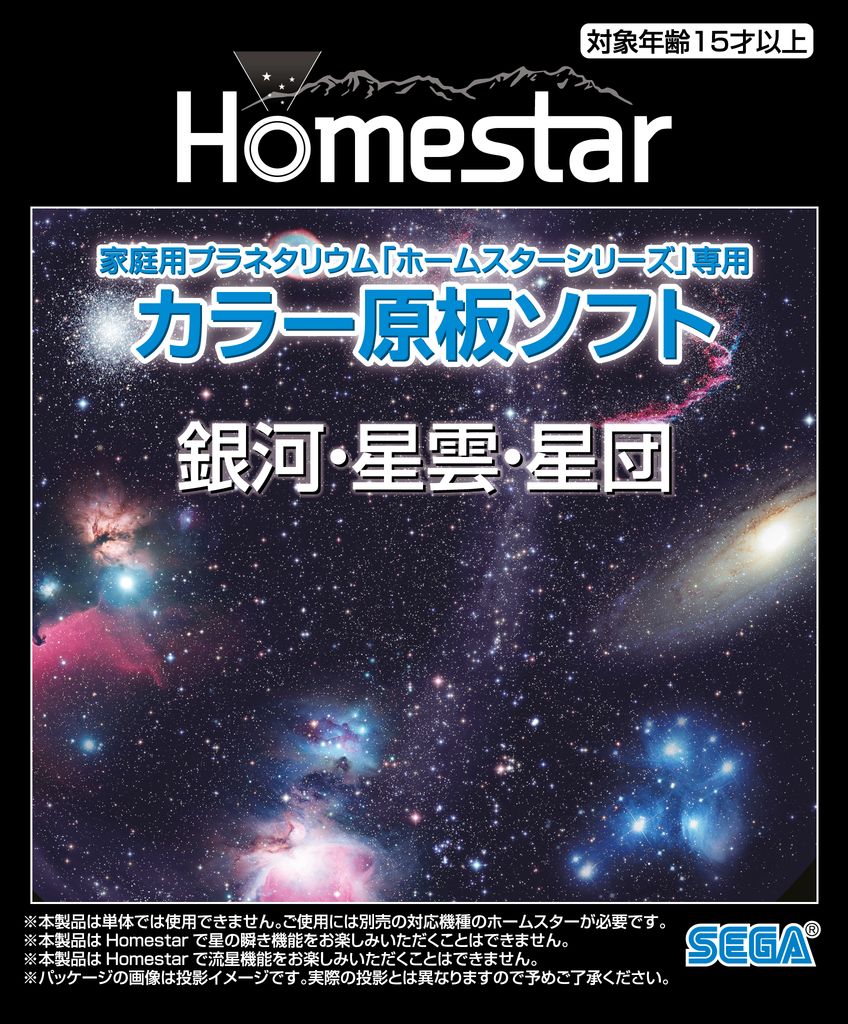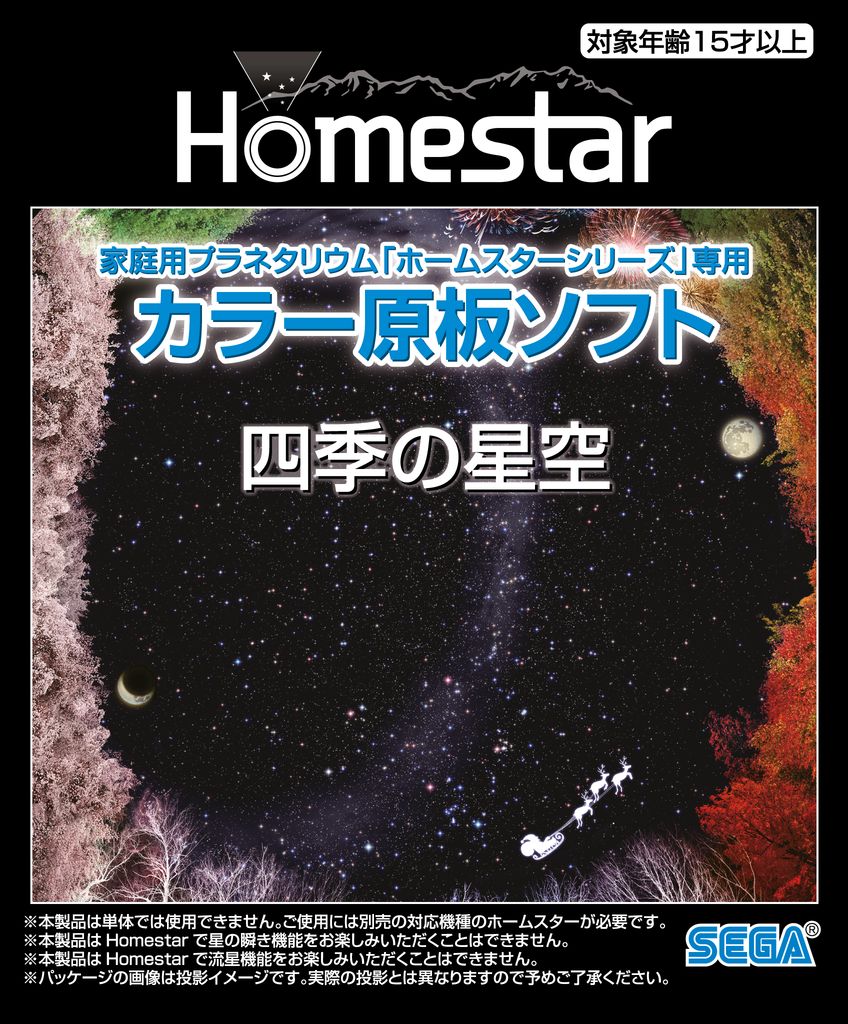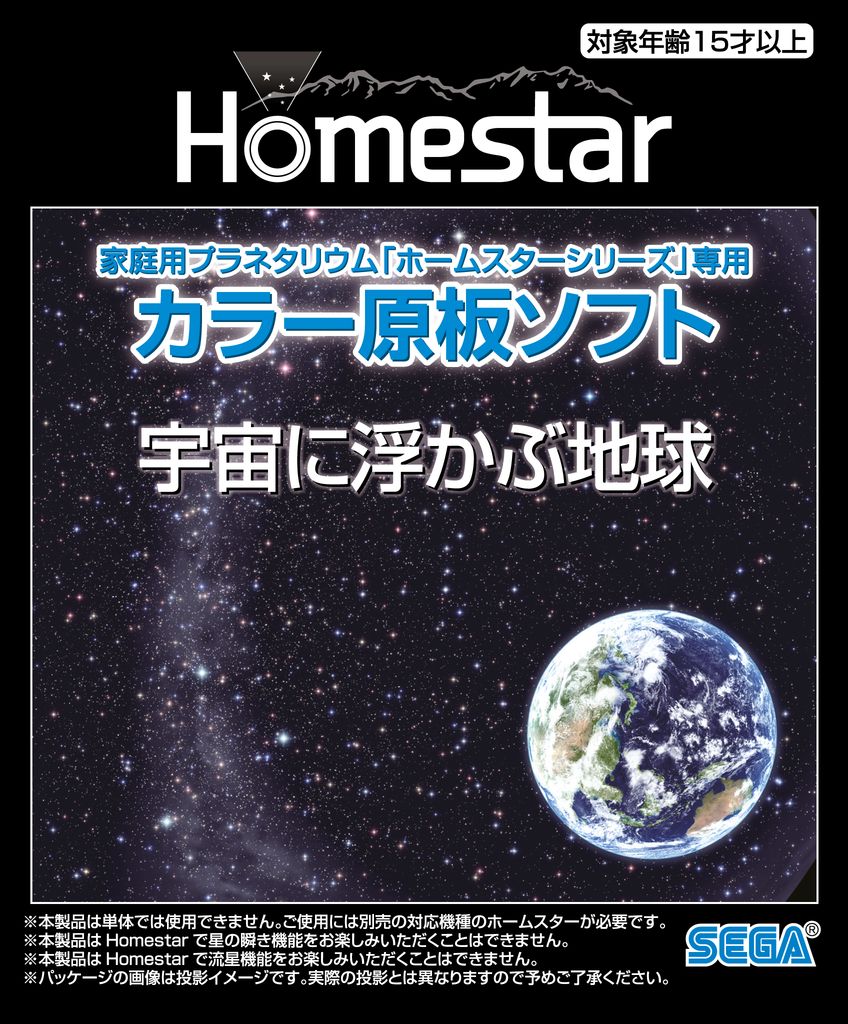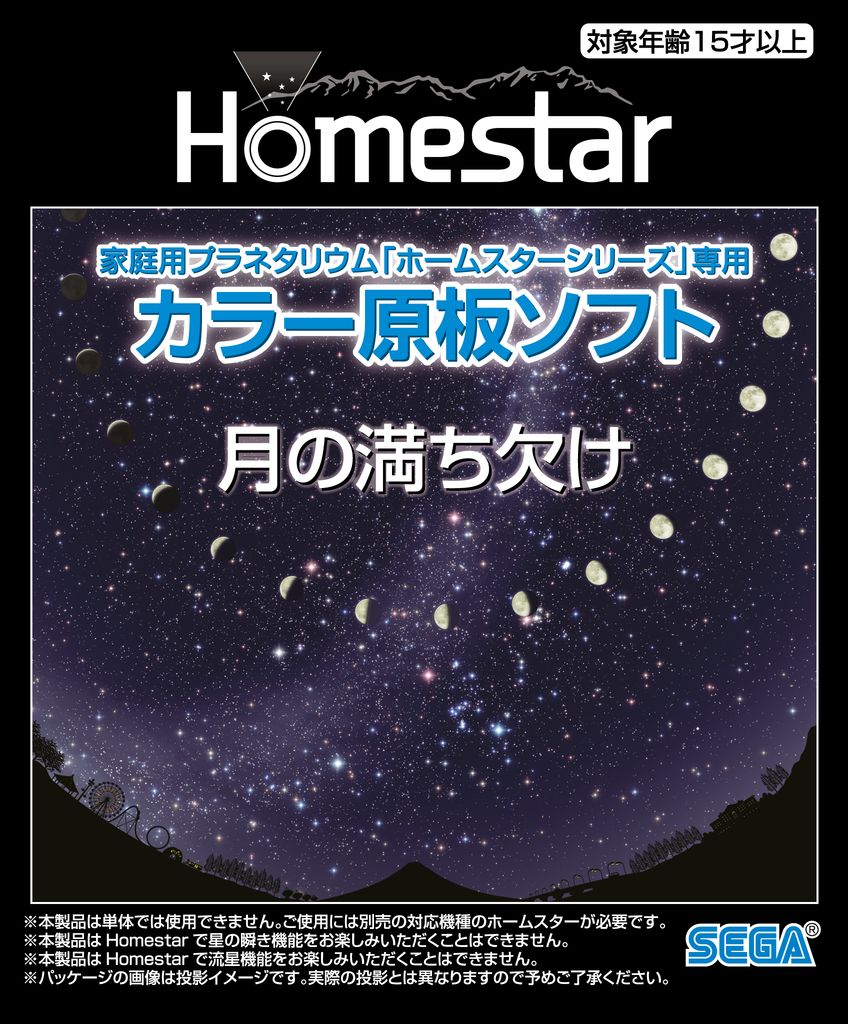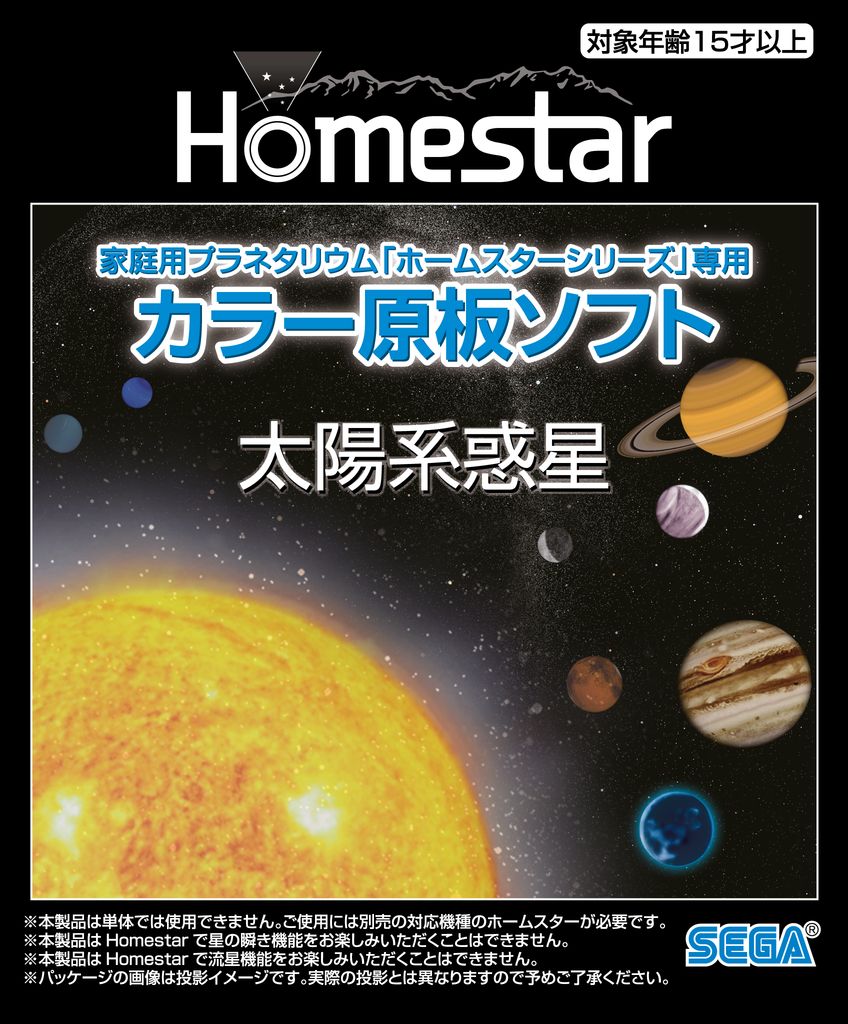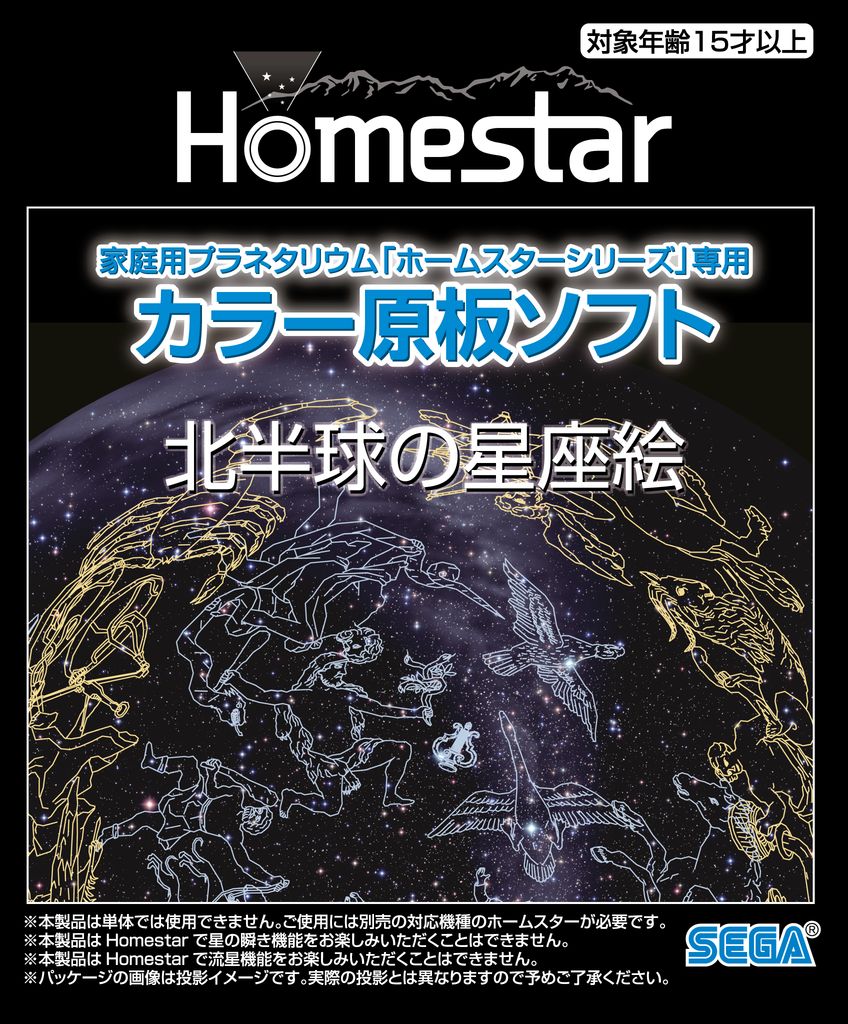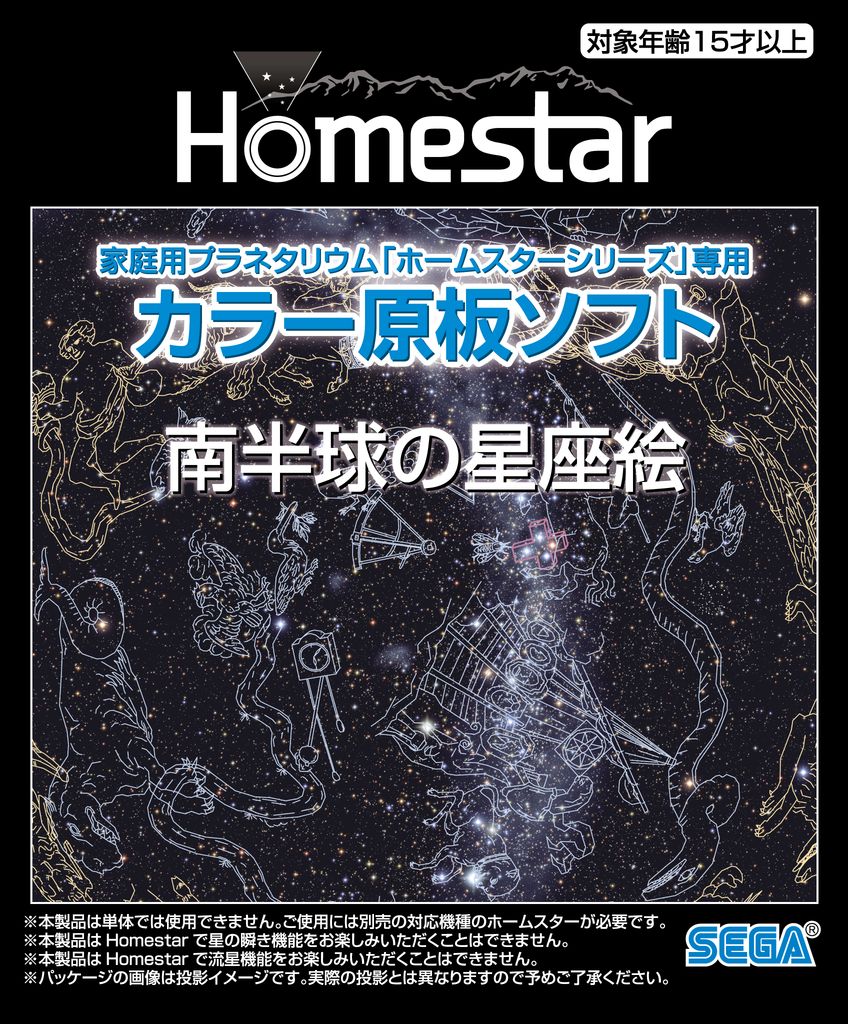Earth in Space
What would you see if you fly away from Earth with a spacecraft and look back? The view would be similar to the view of the Earth from the Sun (with the Earth’s size enlarged considerably).
Looking at the Earth from the Sun
The heat near the sun would be too galactic to even approach it. But how would space look like? The stars and the Milky Way would still look the same as viewed from Earth. This makes sense as the Earth is orbiting the Sun and the stars look the same in winter and summer as well. However, the planets will appear at different positions and in addition to the five planets which are visible by the naked eye, there will also be the Earth, making them six: Mercury, Venus, Earth, Mars, Jupiter, Saturn.
Seen from the Sun, the Earth looks as bright as Venus from Earth and is about 100 times smaller than the Sun from Earth. For best visibility, the Earth has been enlarged 10 000 times, so it can be enjoyed properly while floating in space. The size of the Earth corresponds about to what is visible from a geostationary satellite such as the Japanese meteorological satellite Himawari, which orbits the Earth at an altitude of 36 000 km.
Path of the Earth (Ecliptic)
When observed from the Sun, the Earth follows ecliptic. From a heliocentric point of view, the Earth follows the same path. Throughout the year, the Earth passes through the zodiac. This belt is made of the twelve well-known constellations: Aries, Taurus, Gemini, Cancer, Leo, Virgo, Libra, Scorpio, Sagittarius, Capricorn, Aquarius and Pisces.
On 20 April, the Earth will be appear to be in Virgo when observed from the Sun. The Sun, however, would be at the boundary between Pisces and Aries. This would be the start of the sixth solar term, called Kokuu for Grain Rain in Japanese, in the traditional East Asian calendar, in which the year is divided into 24 solar terms.
